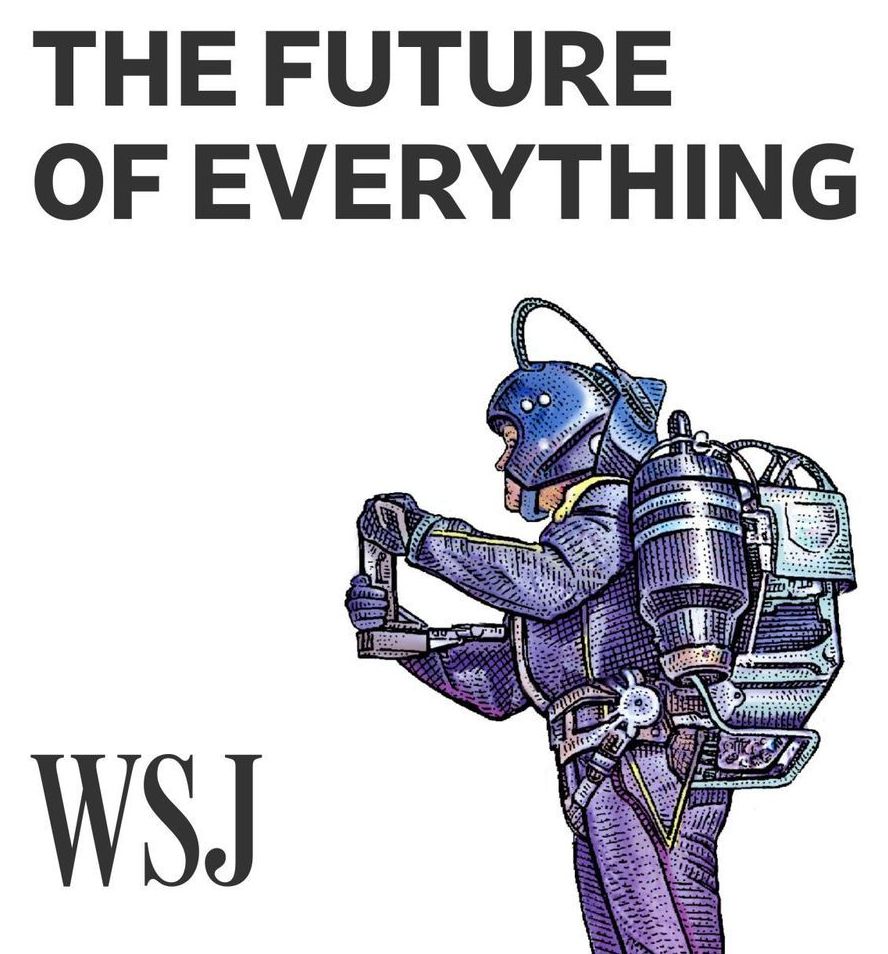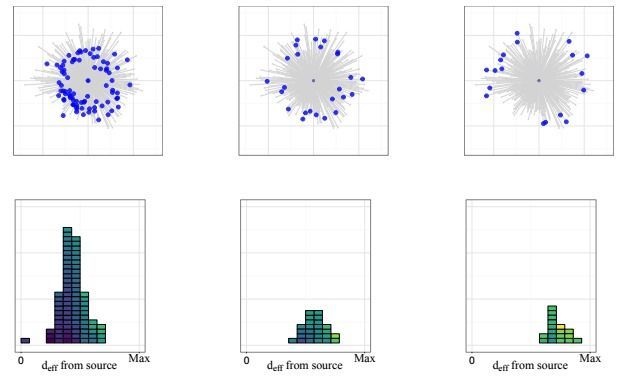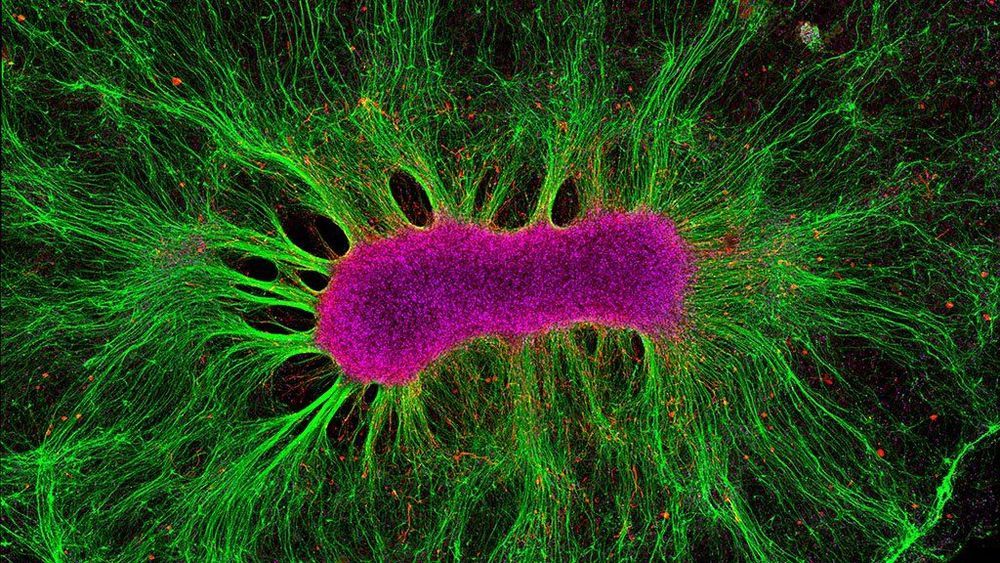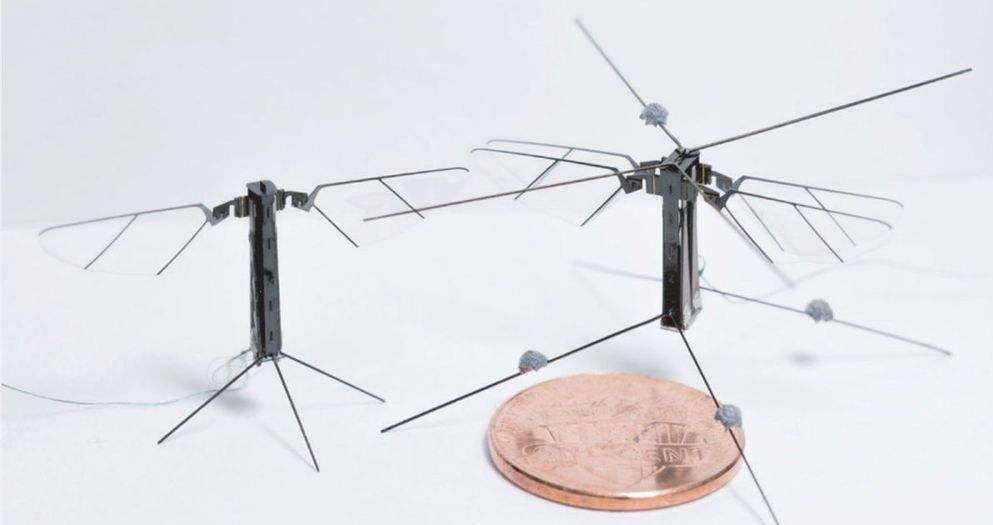Page 8814
May 18, 2019
How data centers will breathe life into 5G
Posted by Shailesh Prasad in categories: computing, internet, mobile phones, virtual reality
Is the future finally here? The arrival of 5G (fifth generation mobile networks) has been keenly anticipated and long discussed. And if you attended the latest Mobile World Congress, held in Barcelona in February, you would have seen plenty to suggest that 5G will take off in 2019. Smartphone manufacturers are busy preparing their 5G models, the wireless networks on which they will run are being planned, and there is no shortage of visionary use cases highlighting how virtual reality and other technologies will harness 5G’s amazing power and connectivity. In short, our lives are about to change.
May 18, 2019
The Next Battlefield: Connected, Augmented and Urban
Posted by Klaus Baldauf in categories: military, neuroscience
The wars of the future will be fought in megacities around the world by soldiers connected — and possibly even augmented — by neural implants and AIn this episode, we examine how military leaders are preparing for a radical shift in combat.
Looking for more episodes? Find them wherever you listen to podcasts.
Subscribe.
Continue reading “The Next Battlefield: Connected, Augmented and Urban” »
May 18, 2019
Hyperdimensional computing theory could lead to AI with memories and reflexes
Posted by Klaus Baldauf in categories: robotics/AI, transportation
A team of scientists from the University of Maryland recently came up with a take on the hyperdimensional computing theory that could give robots memories and reflexes. This could break the stalemate we seem to be at with autonomous vehicles and other real-world robots, and lead to more human-like AI models.
The solution
The Maryland team came up with a theoretical method by which hyperdimensional computing – a hypervector-based alternative to computations based on Booleans and numbers – could replace current deep learning methods for processing sensory information.
Continue reading “Hyperdimensional computing theory could lead to AI with memories and reflexes” »
May 18, 2019
How did Psy’s “Gangnam Style” video conquer the world in 2012? Researchers now think they know
Posted by Quinn Sena in category: biotech/medical
May 18, 2019
Hundreds of Americans Are Naming Babies “Elon” and “Tesla”
Posted by Quinn Sena in categories: sustainability, transportation
Car Culture
Other automotive name choices include “Ford,” “Bentley,” and “Audi,” as Mashable reports, accounting for thousands of innocent newborns.
Whether the decision will help the car company overcome hurdles like hitting the lowest stock valuation since 2017 or dealing with multiple reports of Teslas randomly catching fire is unknown.
Continue reading “Hundreds of Americans Are Naming Babies ‘Elon’ and ‘Tesla’” »
May 18, 2019
Tiny Human Brains Inside Rats Are Sparking Ethical Concern
Posted by Quinn Sena in categories: biotech/medical, neuroscience
Clusters of human brain cells can integrate into rat brains, and that’s raising concerns about giving animals some form of human consciousness.
Researchers can grow stem cells into tiny clumps of cells, called organoids, that display similar activity and structure to human brains. To find out more about how exactly that works, read our primer from when we made the technique one of our Ten Breakthrough Technologies of 2015.
Now, though, reports Stat, several labs have inserted those organoids into rat brains and connected them to blood vessels; some of the organoids have even grown physical links with the rat brains. From Stat’s report:
Continue reading “Tiny Human Brains Inside Rats Are Sparking Ethical Concern” »
May 18, 2019
Scientists create a four-winged robot insect that flies with grace
Posted by Quinn Sena in category: robotics/AI
May 18, 2019
Who needs Copernicus if you have machine learning?
Posted by Quinn Sena in category: robotics/AI
It took humanity centuries to decide that Earth orbits the sun. Now a neural network has come to the same conclusion, using the same data, in just a few hours.
May 18, 2019
Samsung at foundry event talks about 3nm, MBCFET developments
Posted by Klaus Baldauf in category: computing
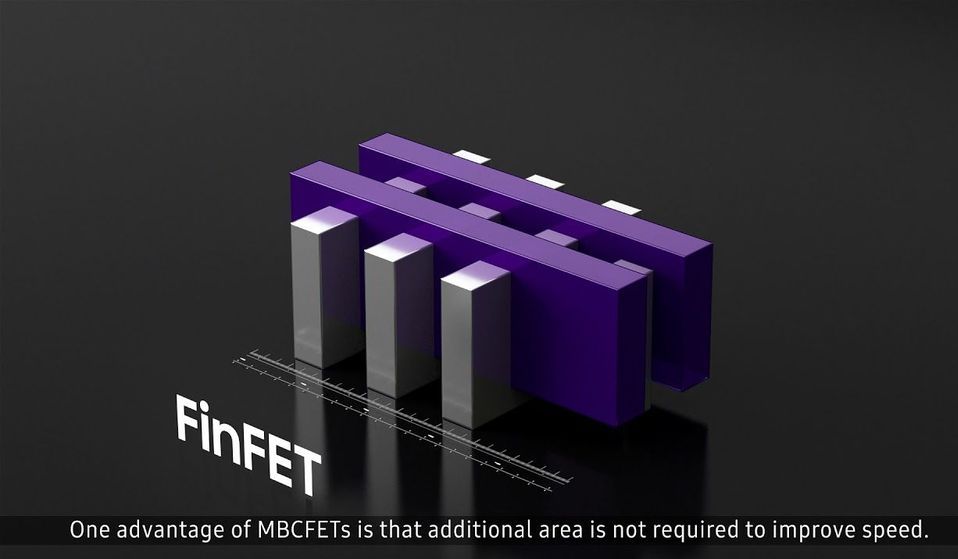
“The nanometer process deals with the space between the transistors mounted on a substrate at a nanometer level,” said Pulse.
“The narrower the distance, the more chips can be squeezed in to boost computing power and energy efficiency. One nanometer corresponds to one ten-thousandth the diameter of a human hair.”
Continue reading “Samsung at foundry event talks about 3nm, MBCFET developments” »


